
Iceland – slowed down on the Golden Circle
What do you do if you want to see as much of Iceland as possible, but don’t have enough time to do so? After it was clear that we would spontaneously end up in Iceland at the end of November, I immediately threw myself into the route planning and realized: Iceland is big. For a short time, I considered driving the entire ring road of almost 1,350 km in two days. Acute spinneritis. Technically feasible, but with a top speed of 90 km/h and around six hours of daylight, it’s stupid.
Instead, I set my sights on the popular “Golden Circle”. The classic tourist route can be done from Reykjavik as a day trip and connects three of Iceland’s most famous sights – Þingvellir National Park, where the continental plates of America and Eurasia meet, the Haukadalur geothermal area with the regularly erupting Stokkur geyser and the Gulfoss waterfall.
Not directly on the Golden Circle route, but also not unrealistically far away, are the two waterfalls Skogafoss and Seljalandsfoss. And after one of my two Icelandic colleagues (thanks for the many tips @kusito and @dasrecht) said in a subordinate sentence “from the Skogfass we drove to Vik”, my road trip was born: From Reykjavik at sunrise shortly before 10 o’clock to the black beach at Vík í Mýrdal. Afterwards, with stops at Skogafoss and Seljalandsfoss, return the same route in daylight to just before Selfoss, turn off to Gulfoss via routes no. 30 and 31 and pass the geyser and the Þingvellir National Park on the way back towards Reykjavik.
A road trip with almost 500 kilometers and a pure driving time of just over six hours. It’s hard to cram more Iceland highlights into one day.
Shortly after seven o’clock in the morning we started our tour in Reykjavik. First I headed for the Kex Hostel, where I picked up Ula from the Polish travel blog the adamant wanderer. She had contacted me shortly before the trip in search of a travel companion, and since we had enough space in the car and had already planned the route, we took her with us on our Golden Circle road trip. For the almost 200 kilometers from Reykjavik to Vik, about 2.5 hours of driving time have to be calculated. How dreamlike Iceland can be in winter was already evident on the drive through the dawn. The light – unique! The deep rays of the sun make the landscape glow in a golden glow all day long. Even though luck wasn’t on our side all day, at least in terms of weather we had a dream day. Pure Icelandic kitsch. Since the pictures speak for themselves, I don’t want to babble any longer, but show you how beautiful Iceland is in winter. The only disappointing thing was the Seljalandsfoss, which was half icy in the shade and definitely looks more impressive in summer.
Sonnenaufgang bei Reynisdrangar, Vík í Mýrdal
Ring road
Skógafoss waterfall
Ring road
Laugaras
Golden Circle Highlight Gulfoss Waterfall
Geyser Stokkur
Switzerland, Poland, Iceland
Everything is flat
Shortly after Haukadalur, our schedule was unexpectedly thrown out the window. Until then, everything went like clockwork and we had great lighting conditions for the pictures – especially at Gulfoss, which more than lived up to its name in the golden evening light. The last stop for the day would have been planned in Þingvellir National Park. There we wanted to photograph the meeting of the two continental plates in the red twilight of dusk.
But a sharp object under the snow-covered road threw a spanner in the works. At Laugarvatn I touched a bump with the bike. The first shock of the detour was followed by the second, when the warning lights suddenly came on in the car. The stop at the side of the road brought certainty. A flat tire. Dung. And that at -6° C at dusk about 80 kilometers from Reykjavik.
The hero of the day turned out to be the friend, who is the only one in our three-person travel team who does not have a driver’s license, but who turned out to be a pragmatic tire changer. The only catch: With a spare wheel, you are allowed to drive a maximum of 80 km/h. Because I still felt queasy (is the bike tight enough?), I was grateful when a nice Icelander guided us to a car garage nearby. But they couldn’t help us there either. The slit was too big to be patched with foam. At least he was able to give me the green light for spare tires. It was well assembled. This had only a limited calming effect. On the way back to Reykjavik, I sat behind the wheel like on pins, avoiding any bump and, to the chagrin of the cars behind me, meticulously looking not to exceed the 80 km/h.
My learnings:
- The friend can change tires
- Changing tires isn’t rocket science (at least not while watching)
- Becoming a traffic obstacle at 80 km/h on a distance of 90 km/h is stupid
- You shouldn’t be annoyed by slow-moving cars. Maybe they’re on the road with spare tires
- A broken studded tire burdens the travel budget with an additional 130 CHF (well)
We were on the road with a Renault Megane, rented from Avis. In general, the rental cars are equipped with studded tires in the winter months and driving on the partly snow-covered roads is possible without major restrictions, although we were not allowed to drive our rental car on the F-roads (“off road” mandatory).
We traveled to Iceland individually as part of a campaign by the travel search engine Kayak. Under the hashtag #kayakhacksiceland, a total of seven European bloggers share their experiences from Iceland.





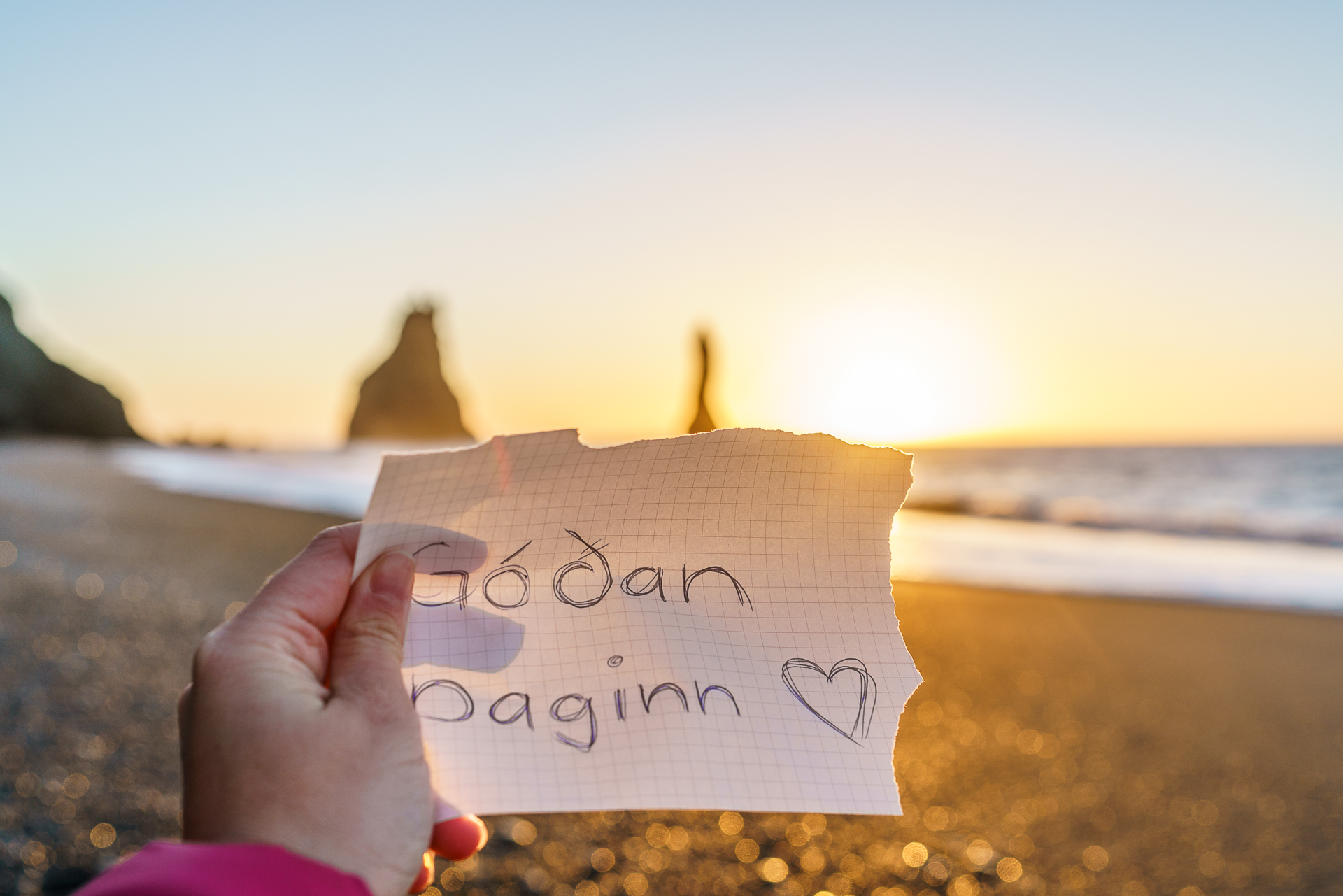
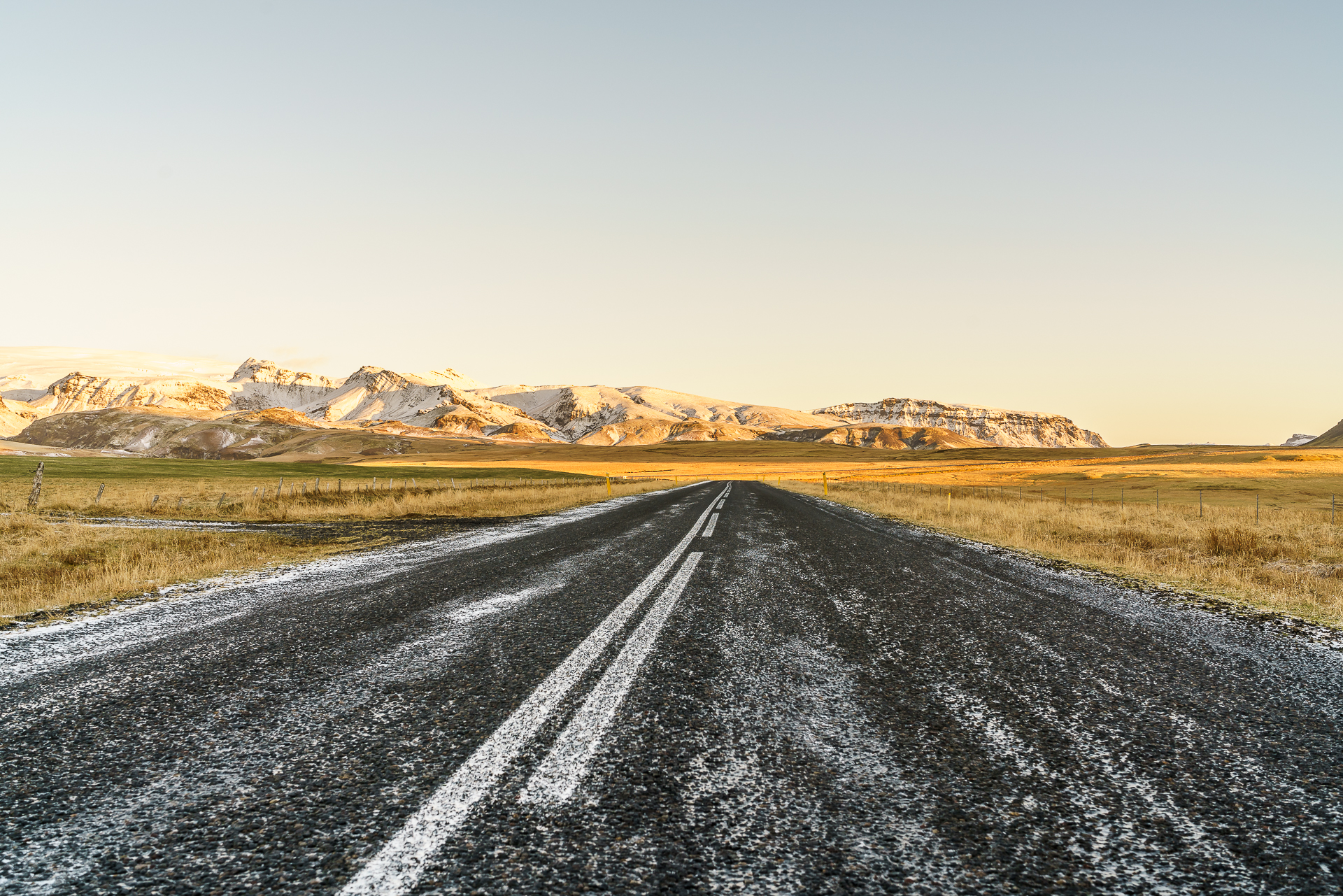

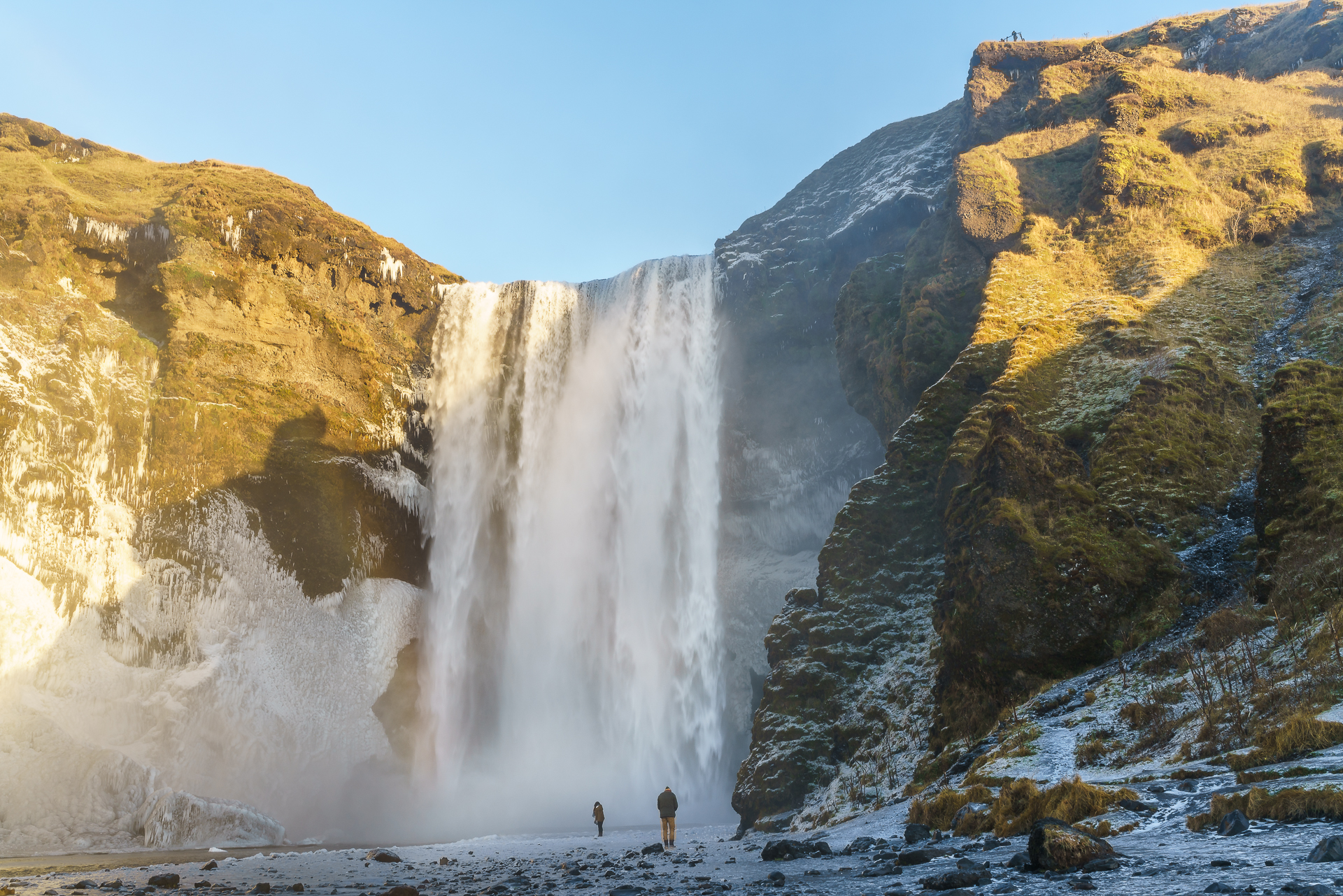
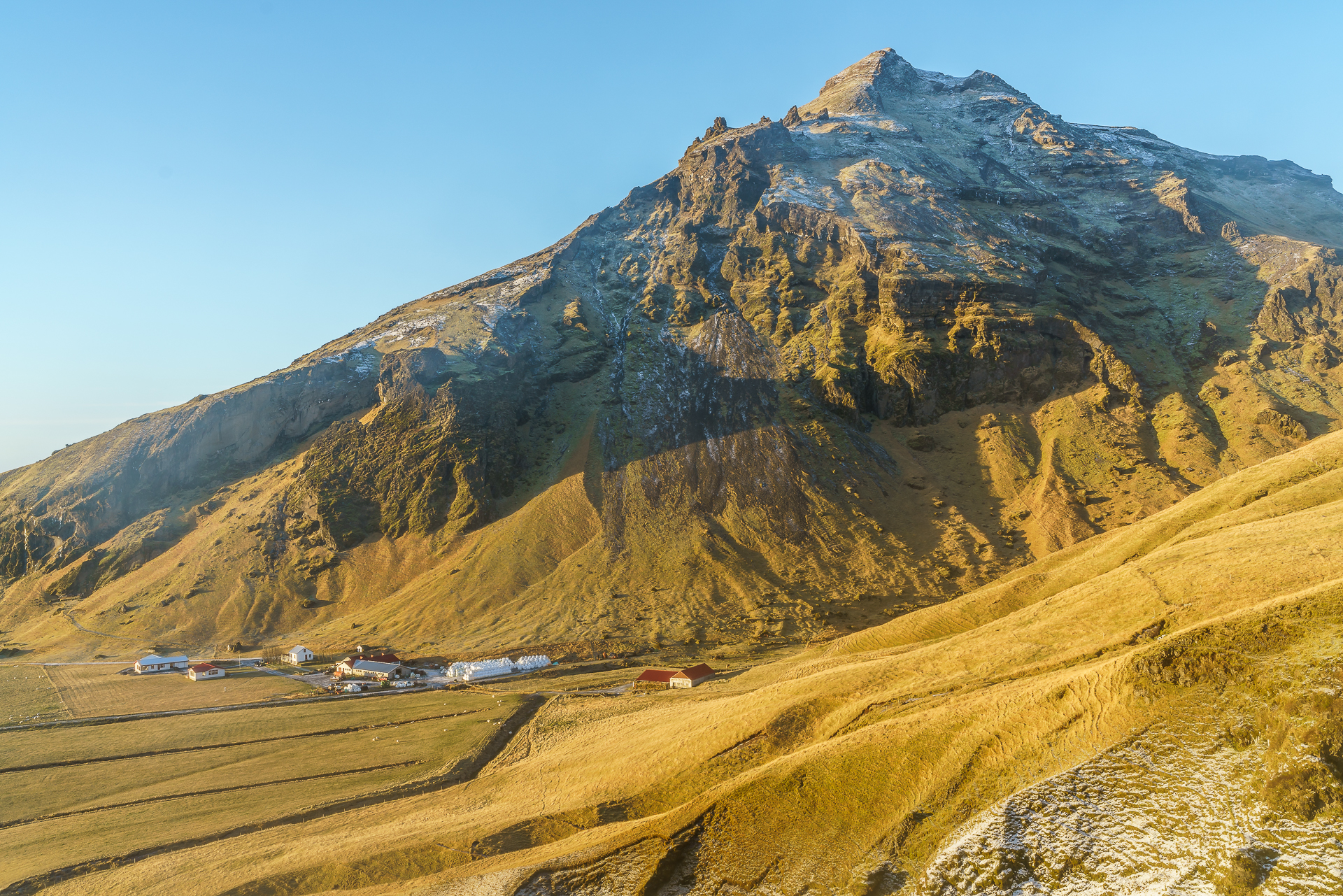






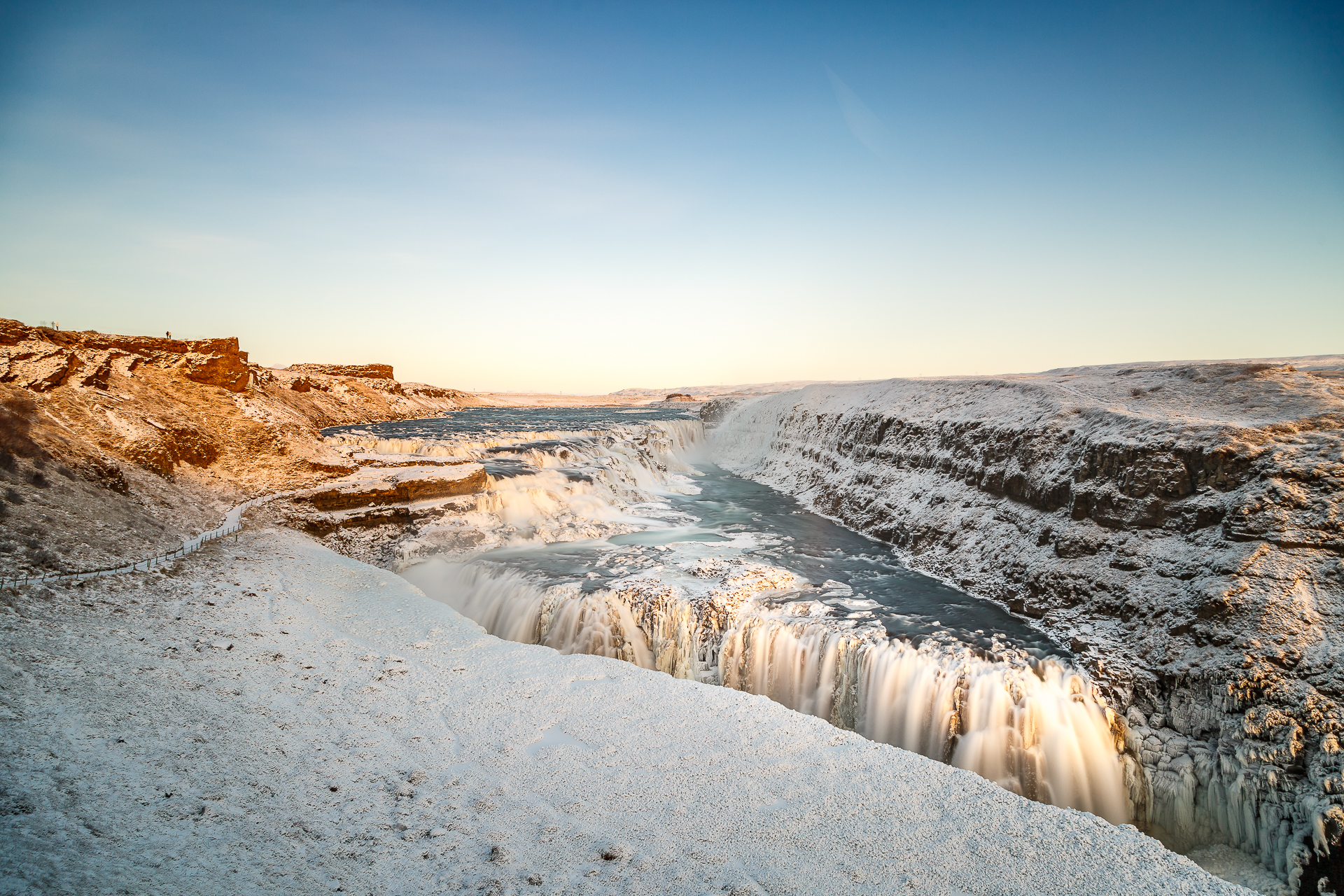

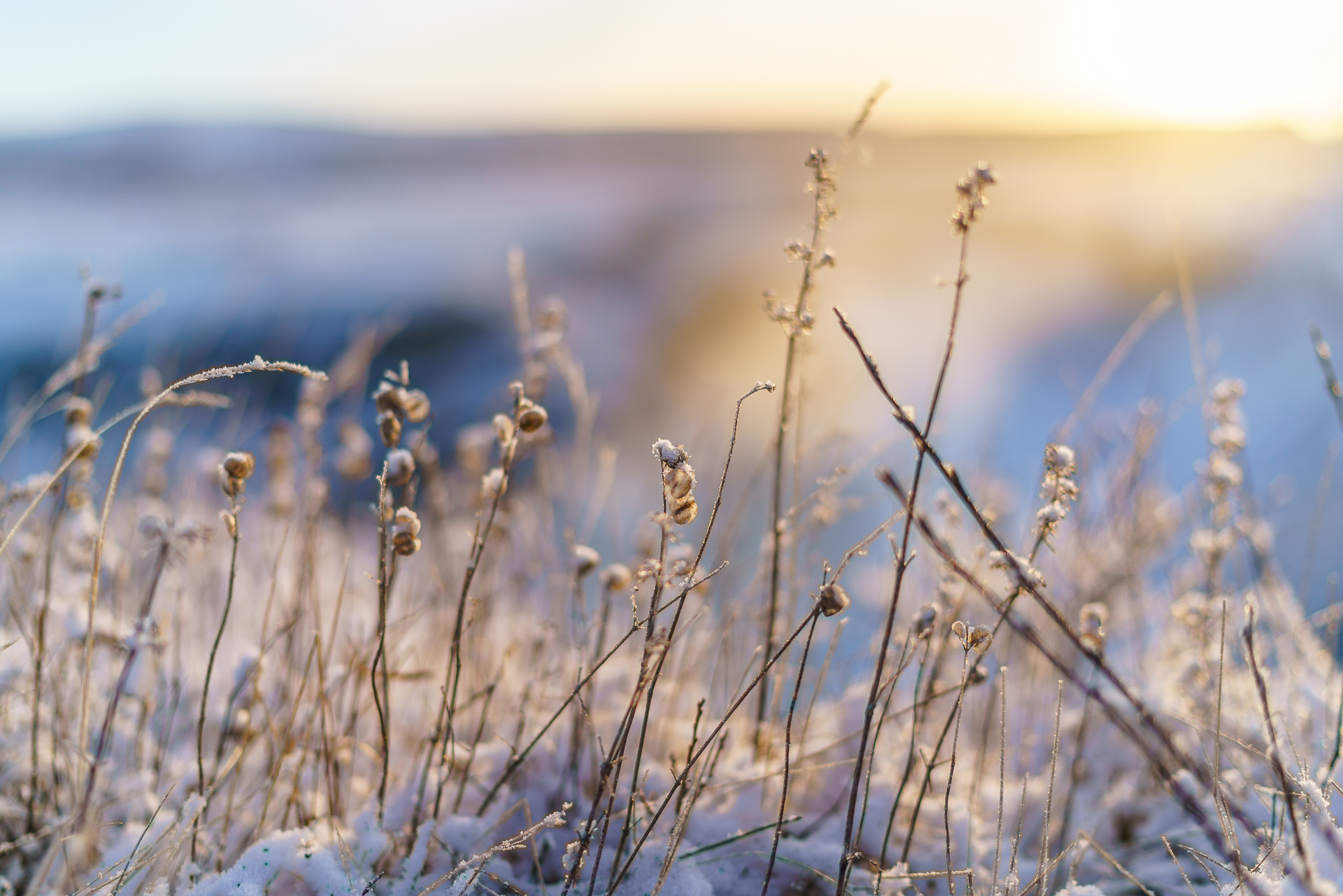

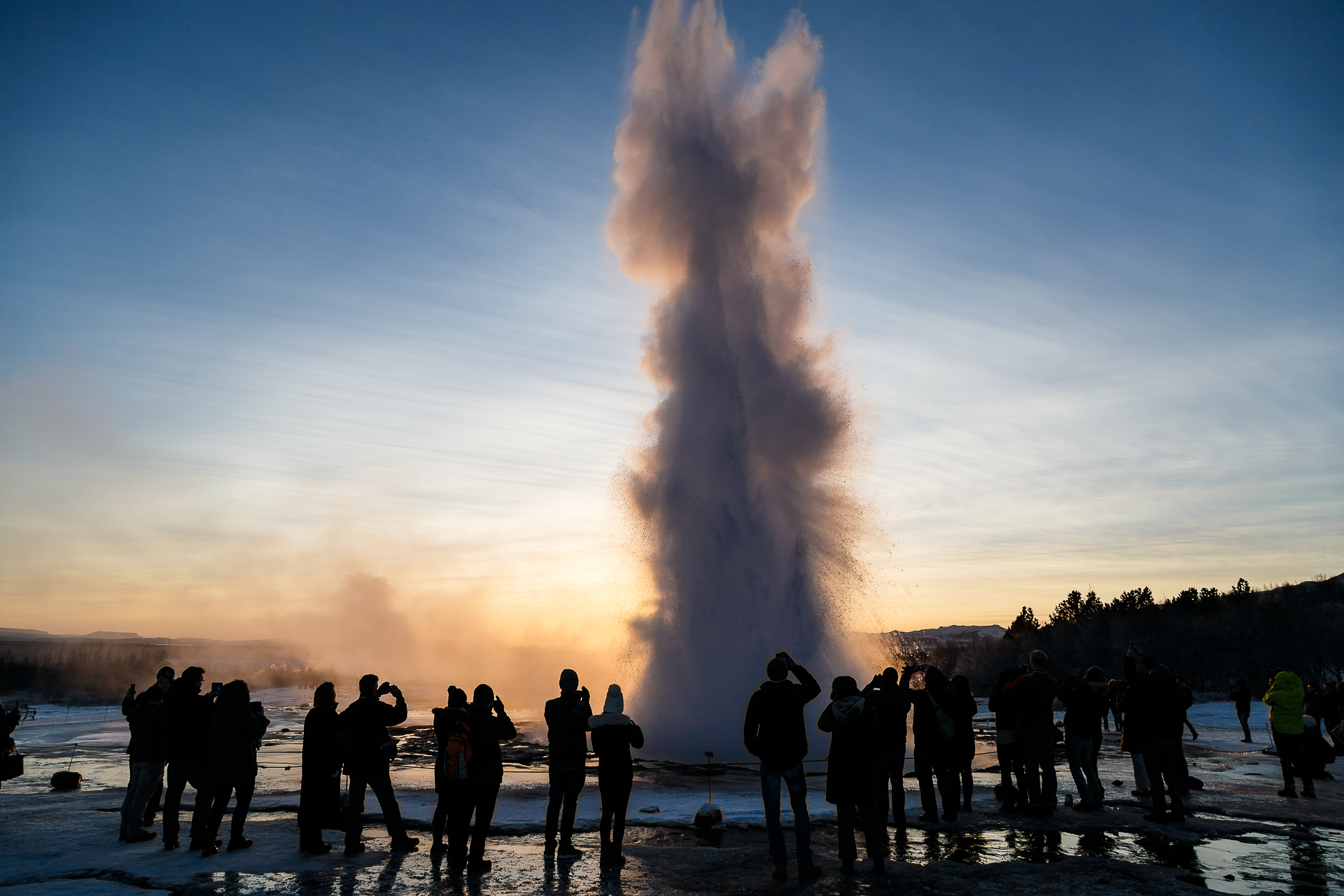
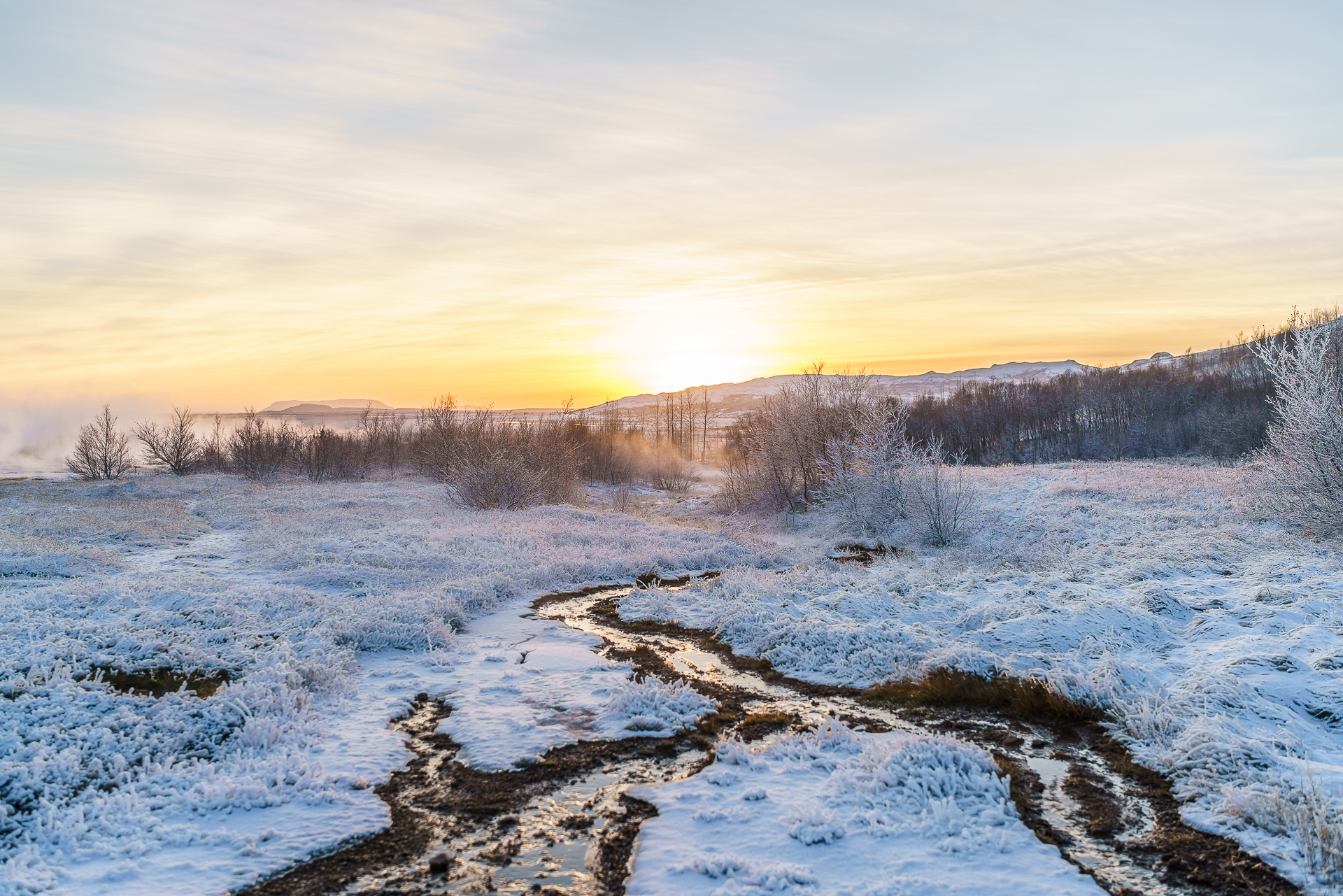
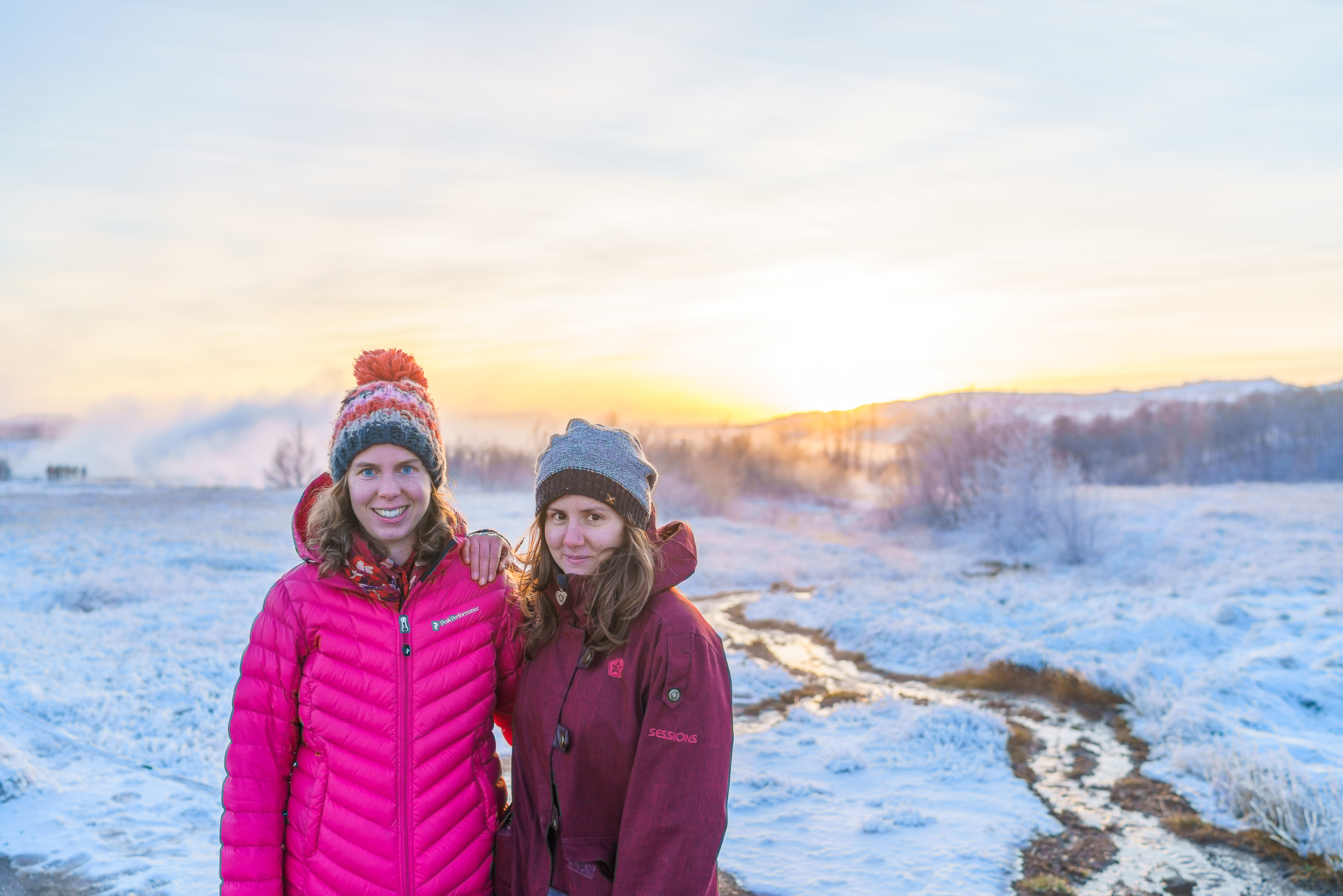

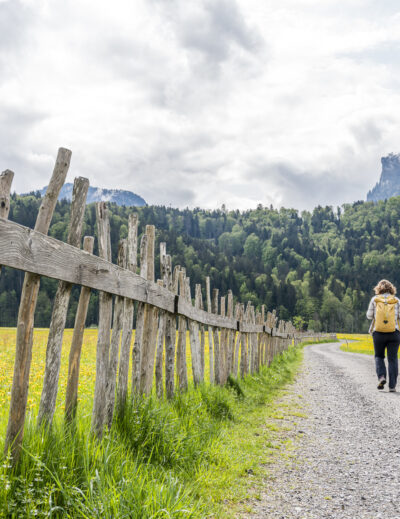
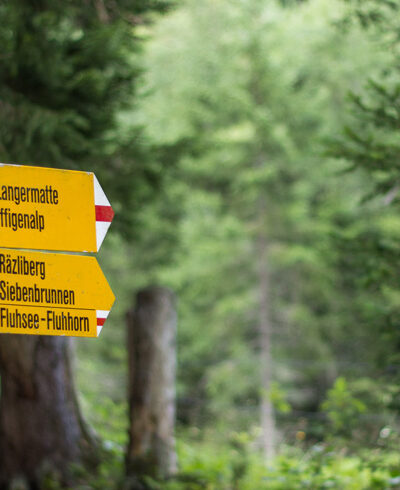

Leave a Reply